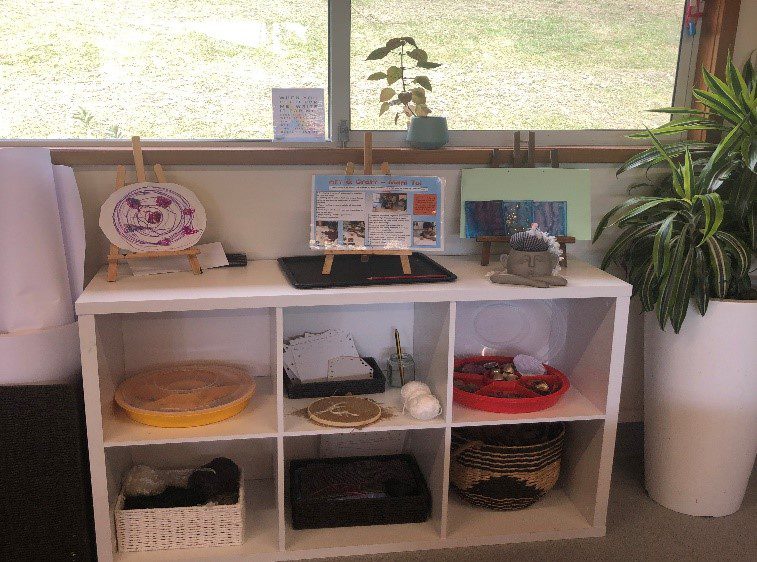This year, our research with the Froebel Partnership focuses on Gifts and Occupations, and their value in the present day.

At Seven Stars Kindergarten, we strive to provide more child-initiated play opportunities, but realise it is also important to have an element of intentional teaching. We recognise that the importance of the process of learning should not only focus on the outcome and that it is important to give children rich, real-life experiences and opportunities that are meaningful. Kaiako observe children carefully, supporting and extending their interests through ‘freedom with guidance’.
One of the experiences we offer the children is Froebel’s occupation of sewing.
As a Kaiako, I have always offered the experience of threading to children, but I hadn’t often extended it to sewing. Recently I had the opportunity to attend an online webinar on ‘Sewing with Children’, which was part of the launch of the Froebel Trust’s latest pamphlet. This webinar made me really reflect on why I don’t offer sewing to the children on a regular basis, and it was inspiring to listen to the speakers; my mind was filled with ideas of how and where to set up a space for sewing to happen every day. I knew that in order for it to be successful, starting where children are at is important, supporting them where they are in their holistic development.
Froebel’s principle of Unity and Connectedness is important here – knowing the children and what they can do, while providing support through freedom with guidance. Once the area was set up, I worked towards a balance of structured and unstructured – setting children up, starting them off and standing back to observe and encourage tuakana teina (able/expert to less able/expert sharing of knowledge and skills).
What I noticed was that girls and boys were interested in sewing and children as young as 2 years old wanted to sit and sew. It was a place of calm and concentration, even though the area around them was often busy and noisy. It was also an opportunity for children to sit and chat as they were sewing – their connectedness was evident. For many children it was a new experience but for one or two, it was something thay had done before with a grandparent and they loved telling me all about the precious time spent sewing with their grandparent.
A great starting point for many children has been sewing on cardboard with holes punched for the needle to go in and out, creating stitches as they go. Seeing the different stages has been great – some very particular with sewing hole to hole making lines, while others are happy with random all over stitches.
Some have wanted to thread; some have chosen hessian fabric to sew on with the help of an embroidery hoop to keep the fabric tight. Weaving was also popular, allowing the children to experience the feeling of over and under and, on a much bigger scale, using a large frame.
These opportunities of having access to sewing when the children want to sew have led to the ‘real’ experience of sewing an embellishment onto their kindergarten hats with a different feel and texture and using a smaller and sharper needle. This did not phase the children at all – they loved sewing the embellishment they chose onto their hats and the skills they had already were evident.
As a Kaiako it is important to remember that children are capable, competent, creative and to be trusted. They come alive in relationships, they need time and space to come into themselves, and they come alive in their skills and capacities. Children are creating knowledge and they are often teaching us.
Written by
Petrea Paterson
Lead Teacher, Seven Stars Kindergarten
Glossary
Kaiako – teacher
Tuakana-teina – the relationship between an older (tuakana) person and a younger (teina) person.



